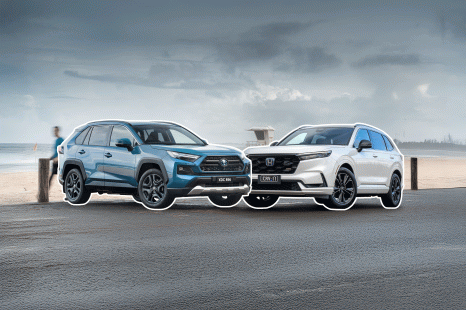

Andrew Maclean
Honda CR-V RS e:HEV vs Toyota RAV4 Edge Hybrid: Spec battle
16 Days Ago

Contributor
The majority of the Hyundai Tucson line-up has received a range of connectivity features for the 2023 model year.
UPDATE, 07/05/2023 –We’ve updated this article with the latest prices.
Hyundai Tucson Elite and Highlander variants now receive a complimentary five-year subscription to the company’s Bluelink connected services suite.
After increasing prices by $500 earlier this year across all bar the base model, Hyundai Australia is further increasing Tucson prices by $250 effective from June 1.
“Effective 1 April and 1 June 2023, HMCA regrettably will be applying a MLP increase that impacts a range of Hyundai models,” said a company spokesperson.
“This increase has been driven by exchange rate pressures and rising logistics costs.”
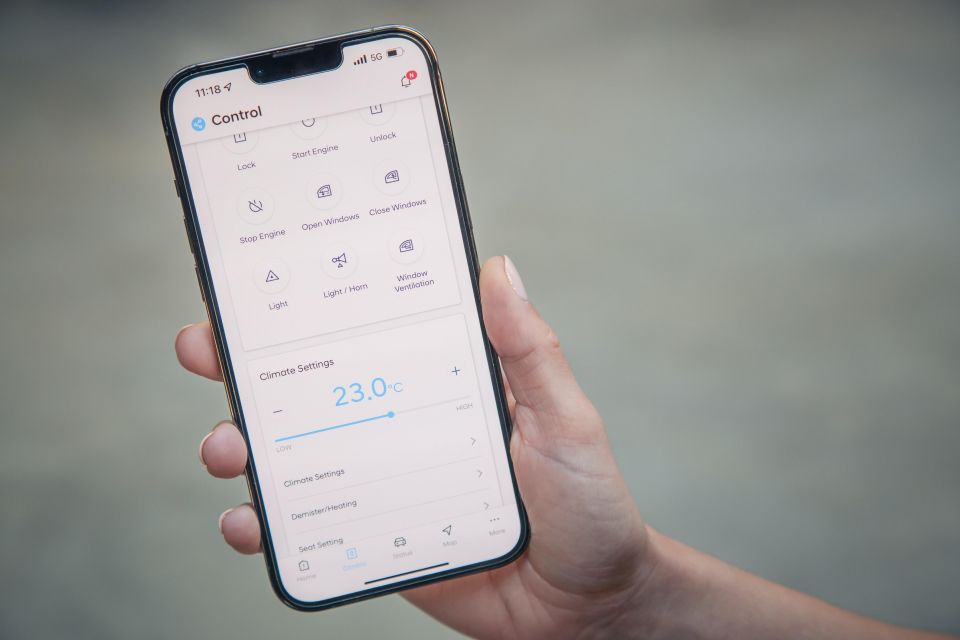
If customers have an existing order and take delivery after June 1, they’ll need to pay the higher price as Hyundai Australia isn’t price-protecting.
Following the larger Palisade and smaller Venue SUVs, the mid-sized Tucson has received services like automatic collision notification, SOS emergency calling and natural voice control in all bar the base model.
Other features include cloud-based navigation, weather and voice recognition, as well as the ability to send a destination to the car via the Hyundai Bluelink smartphone app.
You can also use the app to remotely check the vehicle’s status and location and lock, unlock and start the car, as well as adjust climate control settings.
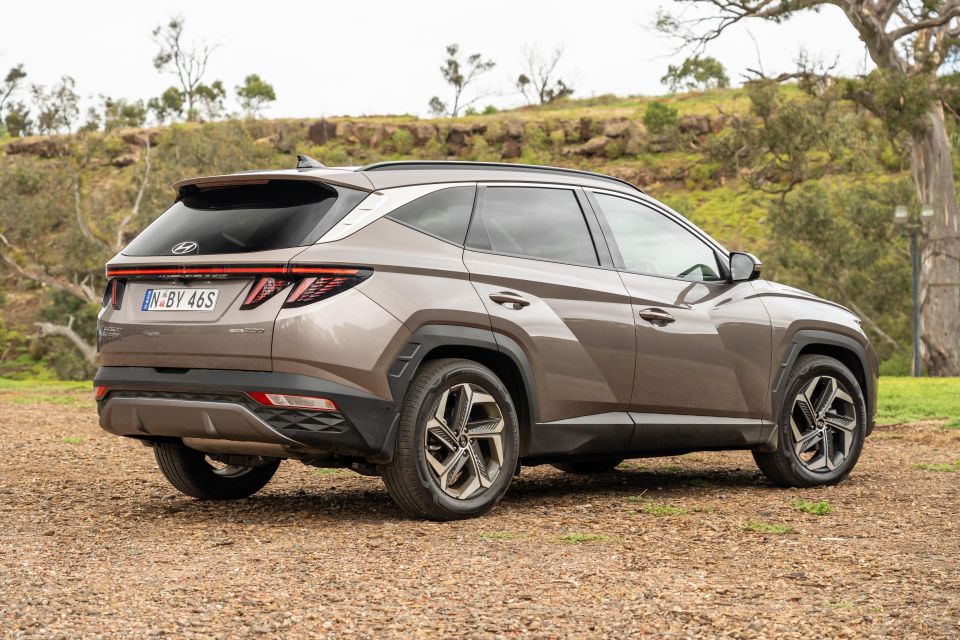
Beyond the addition of these connectivity features, all other features and specifications for the Hyundai Tucson line-up are unchanged from the 2022 model year.
The 2023 Hyundai Tucson range starts at $34,900 before on-road costs for the entry-level Tucson, and now extends to $52,900 before on-roads for the Highlander 2.0TD AWD.
During 2022 Hyundai sold a total of 17,870 Tucson models. It was outsold by the Toyota RAV4 (34,845 sales), Mazda CX-5 (27,062 sales), Mitsubishi Outlander (19,546 sales), and Kia Sportage (18,792 sales).
The Tucson did, however, outsell models such as the Subaru Forester (10,637 sales), Honda CR-V (8123 sales), and GWM Haval H6 (7009 sales).
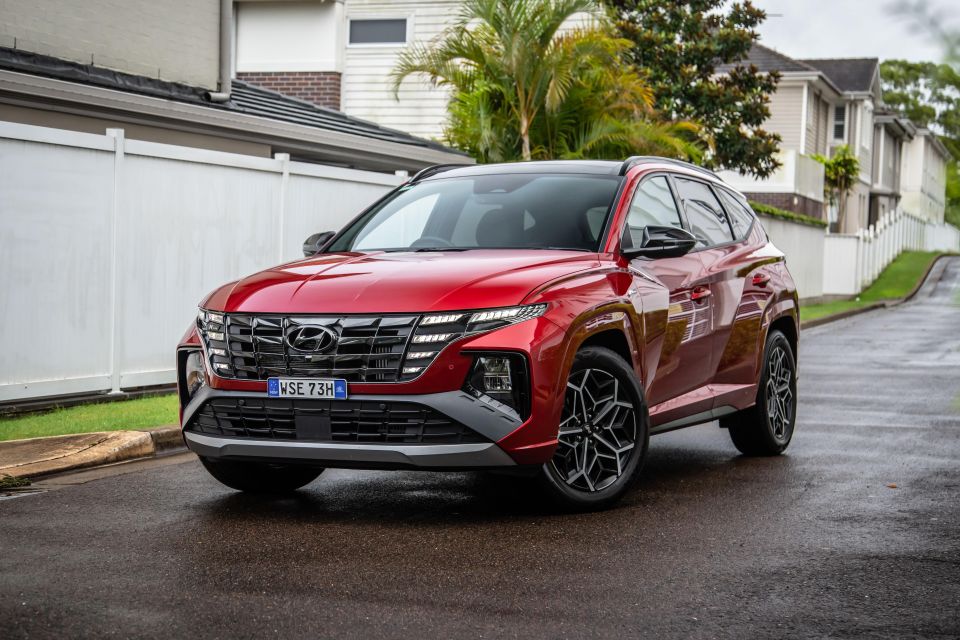
All prices are before on-road costs.
All 2023 Hyundai Tucson models come standard with the 2.0-litre naturally aspirated four-cylinder petrol engine which produces 115kW of power and 192Nm of torque. This is mated to a six-speed torque-converter automatic transmission with drive sent to the front wheels only.
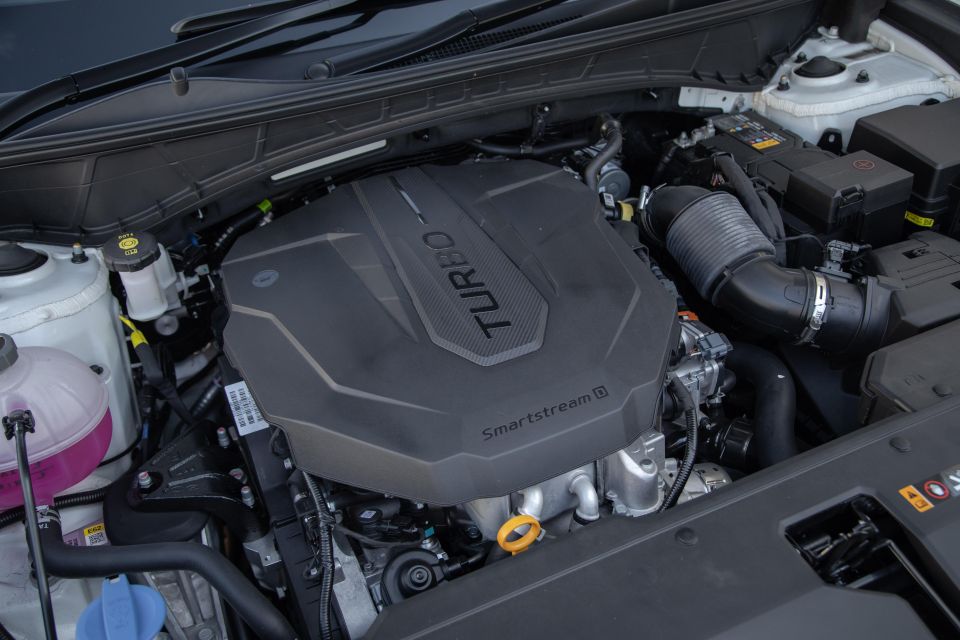
The Elite and Highlander variants are available with a 1.6-litre turbocharged four-cylinder petrol engine which produces 132kW and 265Nm. This is mated to a seven-speed dual-clutch automatic transmission and all-wheel drive.
Also reserved for Elite and Highlander variants is the 2.0-litre four-cylinder turbo-diesel engine which produces 137kW and 416Nm. This is mated to an eight-speed torque-converter automatic and all-wheel drive.
2023 Hyundai Tucson variants with the 2.0-litre naturally aspirated four-cylinder engine have a claimed combined-cycle fuel consumption of 8.1 litres per 100km.
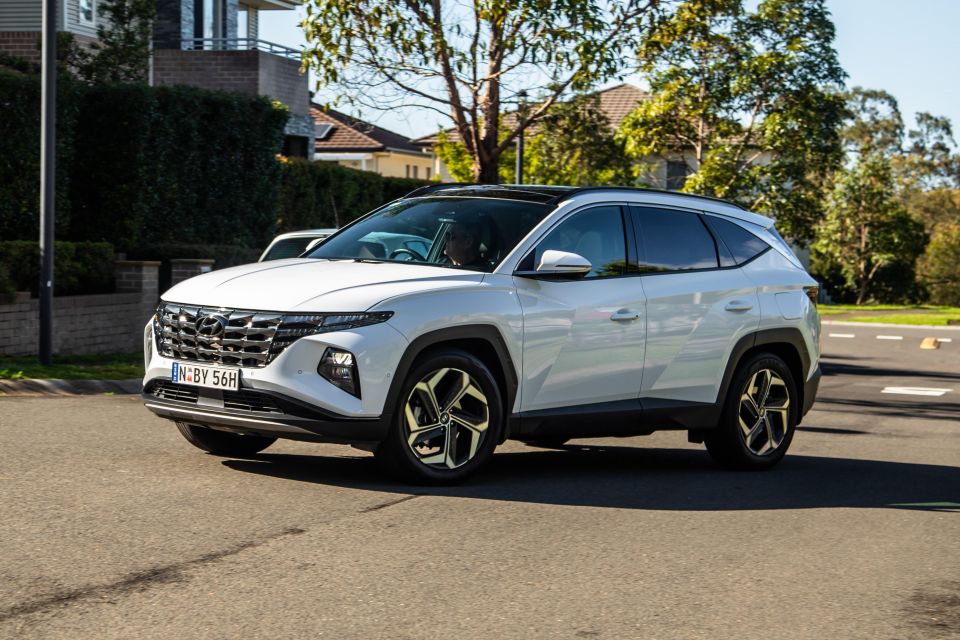
Variants with the 1.6-litre turbocharged four-cylinder petrol engine have a claimed combined fuel consumption of 7.2 litre per 100km, and variants with the 2.0-litre four-cylinder turbo-diesel have a claimed combined fuel consumption of 6.3 litres per 100km.
All 2023 Hyundai Tucson models have a 54-litre fuel tank.
The 2023 Hyundai Tucson measures in at 4630mm long, 1865mm wide, and 1665mm long, with a 2755mm wheelbase. The optional N Line package adds an extra 10mm in length to the Tucson.
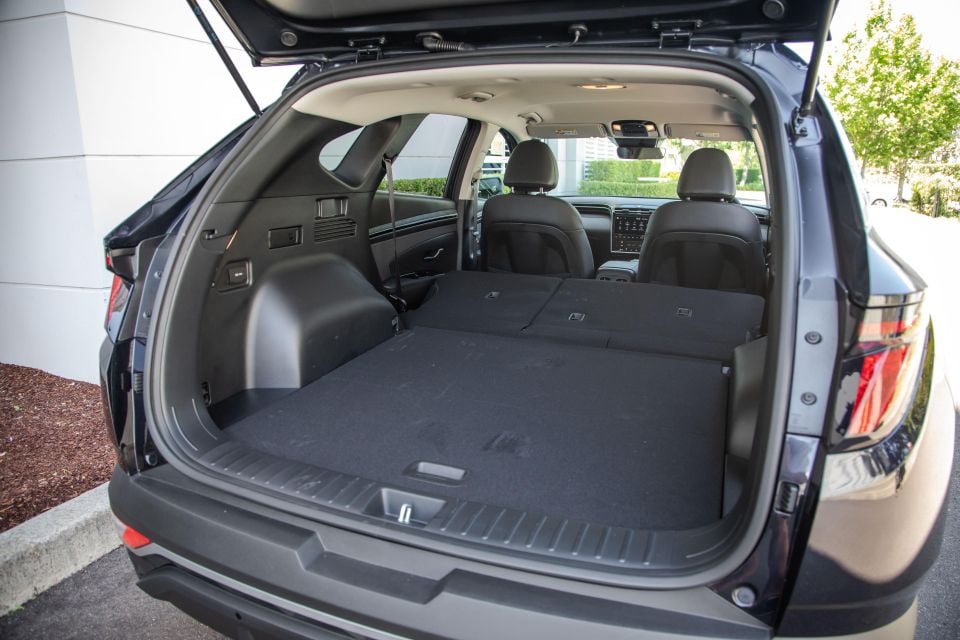
Boot capacity with the second row of seats upright is 539 litres, and with them folded is 1860 litres.
Braked towing capacity for both petrol variants is 1650kg, whereas for diesel variants it’s 1900kg. The entire range has an unbraked towing capacity of 750kg.
The 2023 Hyundai Tucson is covered by a five-year, unlimited kilometre warranty with five years of capped-price servicing.
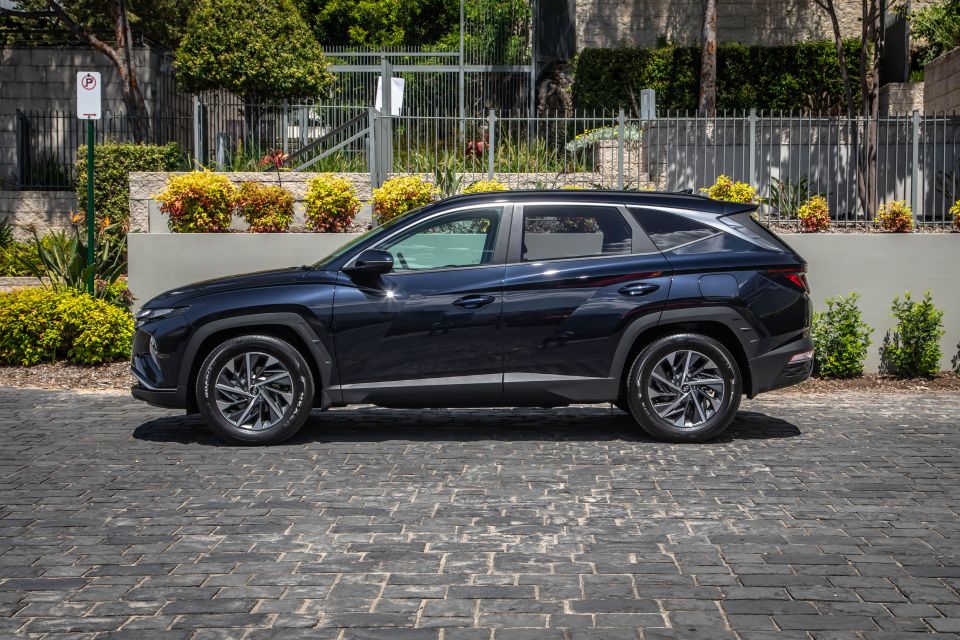
Logbook service for the base petrol and the diesel is required every 12 months or 15,000km. The 1.6-litre turbo petrol requires servicing every 12 months or 10,000km.
Service prices are as follows:
| Year | 1 | 2 | 3 | 4 | 5 |
|---|---|---|---|---|---|
| 2.0 petrol | $319 | $319 | $319 | $319 | $319 |
| 1.6T petrol | $319 | $319 | $319 | $319 | $319 |
| 2.0T diesel | $375 | $375 | $375 | $375 | $375 |
The Hyundai Tucson received a five-star ANCAP safety rating based on testing conducted of the short-wheelbase European-market model by Euro NCAP in 2021.
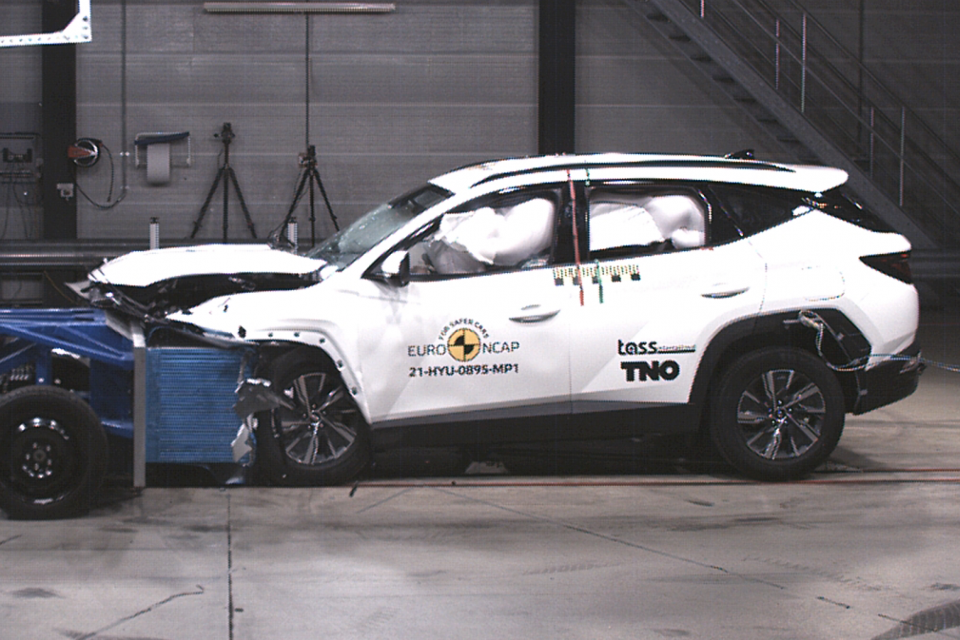
It received an adult occupant protection rating of 86 per cent, a child occupant protection rating of 87 per cent, a vulnerable road user protection rating of 66 per cent, and a safety assist rating of 70 per cent.
The 2023 Hyundai Tucson range comes standard with the following safety features:
Stepping up higher in the range gets you safety features such as a rear AEB, Blind-Spot View Monitor, advanced rear occupant alert, front parking sensors, and surround-view camera, depending on the variant.
There are three trim levels available on the Tucson.
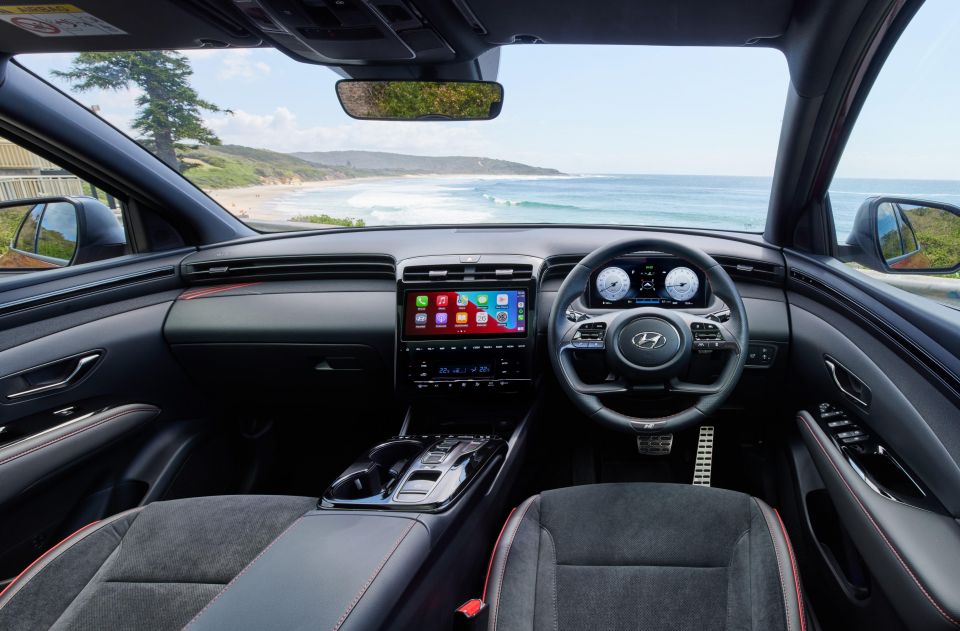
The unnamed baseTucson comes standard with the following features:
The Elite adds the following:
The top-of-the-range Highlander adds:
The N Line option pack ($4000, Tucson; $2500, Elite; $1500, Highlander) adds the following:
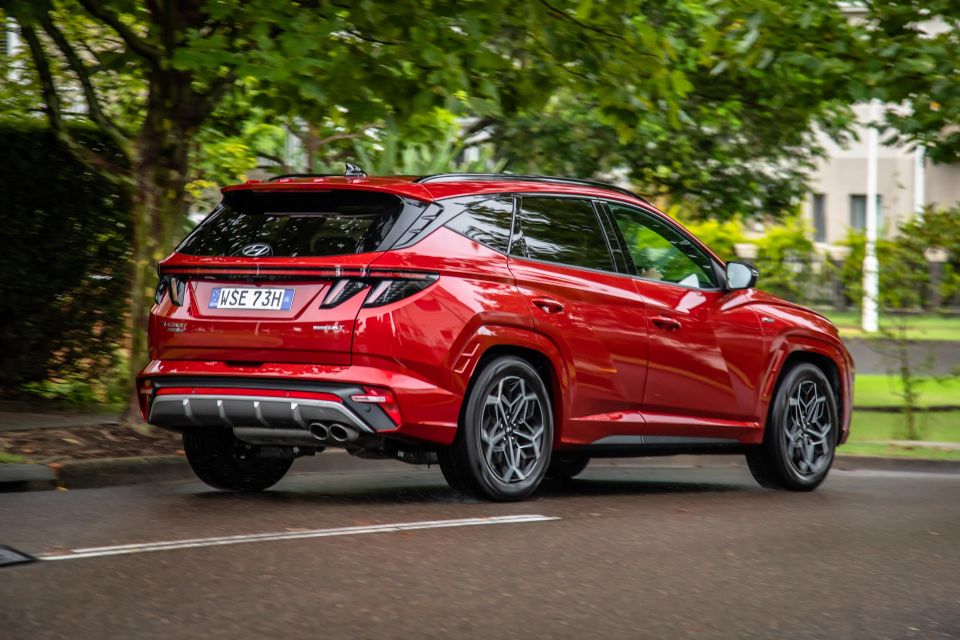
The 2023 Hyundai Tucson is available in the following exterior paint colours, depending on the variant:
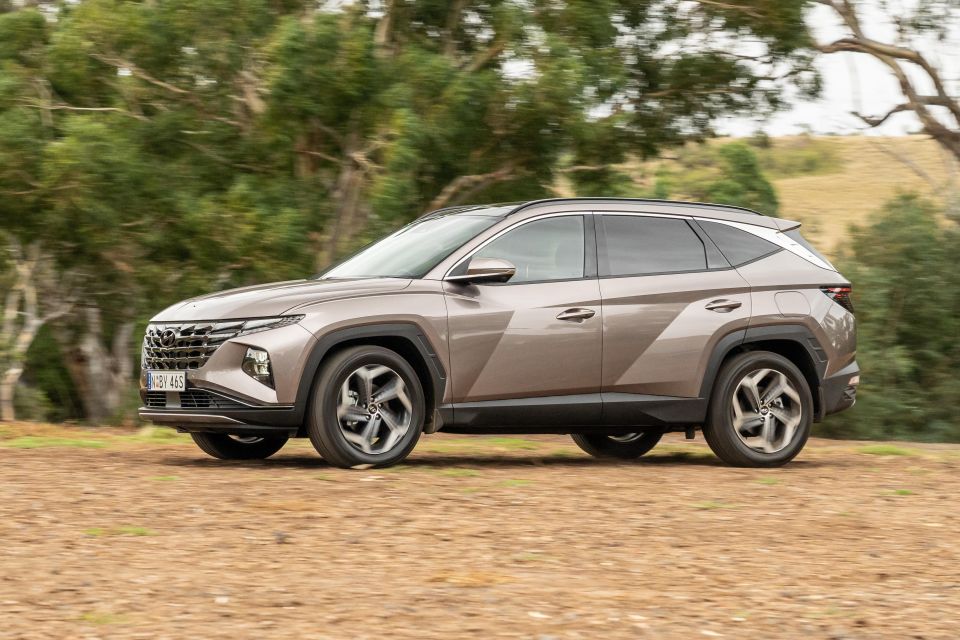
All exterior paint colours besides White Cream cost an additional $595.
Where expert car reviews meet expert car buying – CarExpert gives you trusted advice, personalised service and real savings on your next new car.
Jack Quick is an automotive journalist based in Melbourne. Jack studied journalism and photography at Deakin University in Burwood, and previously represented the university in dance nationally. In his spare time, he loves to pump Charli XCX and play a bit of Grand Theft Auto. He’s also the proud owner of a blue, manual 2020 Suzuki Jimny.


Andrew Maclean
16 Days Ago


James Wong
12 Days Ago
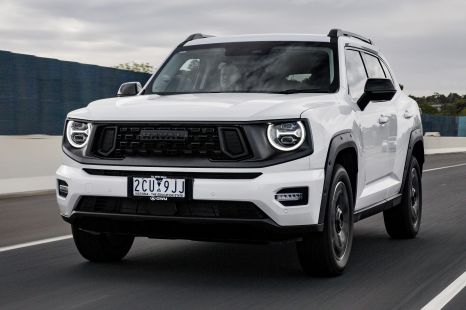

Max Davies
11 Days Ago
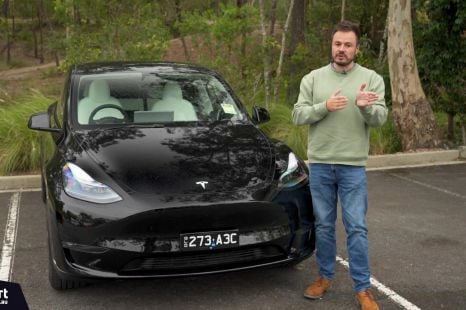

Paul Maric
8 Days Ago
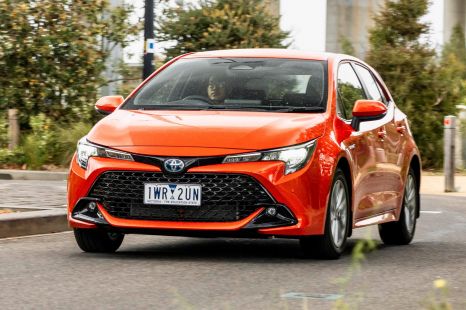

Max Davies
6 Days Ago
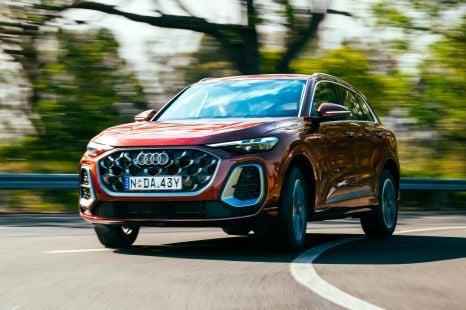

James Wong
5 Days Ago